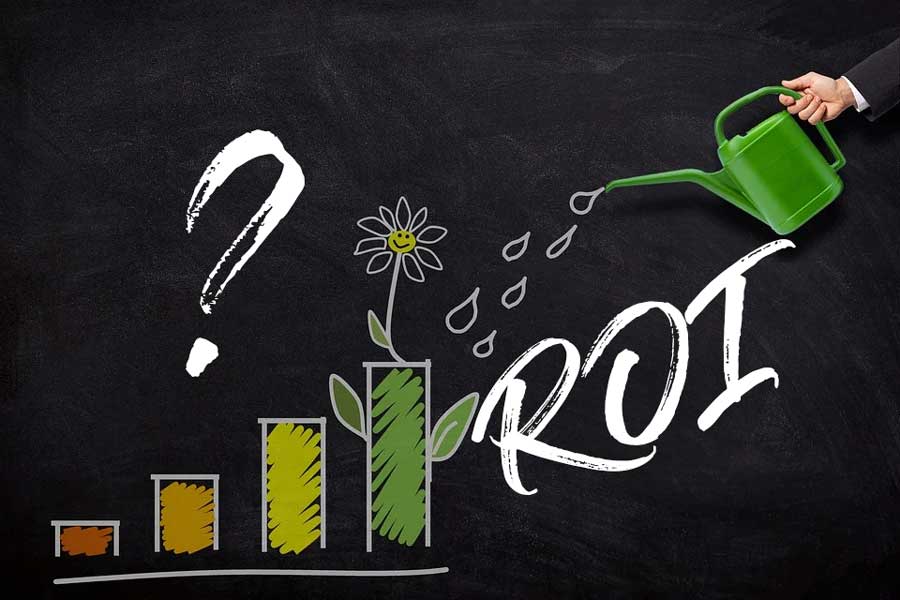So we’ve learnt that property is cyclical, and looked at the four stages it goes through during each cycle. All very interesting, but how can we use this to invest more successfully? The thing is that how do we know where are we in the real estate cycle 2020? Another question is do you know where the cycle in Malaysia starts? The starting point for Malaysia 18-year property cycle is indicated in my book based on past data.
Let’s start with an implication that sounds mundane but is actually very important: property is cyclical, therefore prices surging and falling back are nothing to be overly concerned about.
What the media usually say?
If you only listen to what the media says, which are mainly the individual or experts perceptions of the market, the message is always “everything’s great!”, next year will be better or worse” ,”Best time to buy property” or “everything’s terrible!” – and it can seem totally random as to which is the case at any given time. It’s reassuring to know that it’s not random at all as shown in the 18-year properly cycle, and it’s driven by fundamental economic principles.
The next implication is that if the cycle moves predictably through its four stages, you can see what’s coming next. Even if you don’t know precisely when something is coming, knowing that it will come makes a big difference. For example, you’re less likely to panic and sell at the bottom of the market if you know that prices won’t fall forever – they will inevitably recover. This is one of the examples that you can roughly know where are we in the real estate cycle 2020.
Fred Harrison claims evidence going back hundreds of years for the cycle’s duration averaging 18 years, but I prefer not to dwell on the exact timing. 18 years is an average, so could easily be off by a few years in either direction.
Getting hung up on the exact duration of the cycle is a distraction. Just the fact that there is a predictable cycle (of any duration) is the point, and you can see the stages progressing even if you don’t know how many years have passed.
You can gauge where we are now (and therefore what’s coming next) by looking at signals out there in the world or from the 18-year property cycle clock, as shown in my book.
For example, are you seeing more and more cranes as you walk around town, and prices seem to be taking a bit of a dip after a few years of slow and steady growth? Then you could surmise that we’re well into the recovery phase, and you can strap yourself in the explosive phase yet to come.
The smart money
We’ve also seen that the “smart money” and the amateur investor behave differently from each other throughout the cycle. For example, just as casual investors are lining up a huge mortgage to grab their piece of the boom, those in the know are quietly selling their stock and stockpiling cash for the crash to come. In other words, most people buy high and sell low – exactly the opposite of what they should be doing.

RULES TO PROFIT FROM THE 18-YEAR PROPERTY CYCLE
I can’t promise that knowing about the cycle will give you the degree of knowledge and mental toughness you need to buy at rock bottom and sell at the very height of the market.
And nor do you need to – remember, each cycle starts at a higher level than the previous one, so “buy and hold for long term say 15-20 years” is still a perfectly valid strategy. What’s more, if you sit around for years waiting for prices to fall, you’re missing out on a lot of income.
There are, though, four very basic “rules” you should follow as an investor – and now you know about the cycle, it should be easier for you to do so:

- Don’t panic and sell a property just because prices are falling. Thanks to the cycle, you know that prices won’t go to zero and it won’t be that long (in the great scheme of things) until they’re back beyond where they were.
- Don’t put yourself in a position where you’re forced to sell at the wrong point in the cycle. This means not over-leveraging at the peak, and making sure your portfolio can withstand temporary falls in value.
- Don’t get carried away (like everyone else is) during the winner’s curse phase. This is the worst possible time to buy a property, because prices will soon fall and won’t recover to the level you bought at until relatively late in the next cycle. It’s an even worse time to remortgage and use the cash for fancy cars and holidays. You might think you’d never be so daft, but plenty of people were last time around.
- Don’t get mislead by the media. As we’ve already seen, the messages they pump out around the key turning points of the cycle are almost exactly the opposite of what professional investors are doing. Putting on the blinkers and shutting it all out is easier said than done, but it’s vital for making the right decision.
Just stick to those basics and you’ll already be doing a heck of a lot better than most amateur investors. But if you want to push it even further, there are some more advanced options that knowledge of the cycle makes possible:
- Be a seller when everyone else is buying. The winner’s curse phase is a terrible time to buy, but a great time to sell. You don’t have to sell everything, but it’s the perfect opportunity to offload any properties that haven’t performed as well as you’d hoped – and get someone to pay silly money to take it off your hands. Alternatively, you could sell everything. The idea is anathema to most small private investors, but it’s what the big institutional investors do: set an exit price at the point of purchase, sell once you’ve made the anticipated gains, and re-buy in a location that’s at a different point in the cycle (and therefore has greater growth potential). Speaking of which…
- Be a buyer when everyone else is selling.It doesn’t even have to be at rock bottom: people’s memories of a crash last longer than the economic reality, so the estate agents’ offices remain empty well after prices have stabilised and started to creep upwards again.
- Stockpile your cash during the winner’s curse phase, so you’re prepared to swoop when everyone else is selling. Mortgage lending will immediately tighten when prices take a tumble, so even if you’re brave enough to buy you might not be able to access the funds. Instead, you can raise funds in advance by selling poorly performing properties or refinancing (to sensible levels) properties you’ve already got.
Hang on, didn’t I just say that remortgaging in the winner’s curse phase was a terrible idea? No, only if you’re using the equity you release to buy overpriced properties or fund your lifestyle. If you put the cash in the bank, you can use it later to buy properties at a discount – or just repay the money if you change your mind.

Conclusion
So, I hope by now you’re a believer in the wonders of the property cycle. You don’t have to scrap “buy and hold” and start timing the market instead – although you can if you want to. Even if you just stick to the very basics, you’ll do very nicely indeed.
The main takeaway is that a crash (may not refers to drastic drop overnight, it will be over a few years period, is inevitable) at some point during your time as a property investor, prices will fall – and do so quickly, generally when the whole economy of the region are being affected at the same time.
In my book, Property Millionaires Secret Clock-18-Year Property Cycle is strictly based on data in Malaysia. Get a copy today from the link below http://www.propertymillionairessecretclock.com/ as a guide for your future investment journey. I hope with this book, you could at least be able to tell where are we in the real estate cycle 2020.









